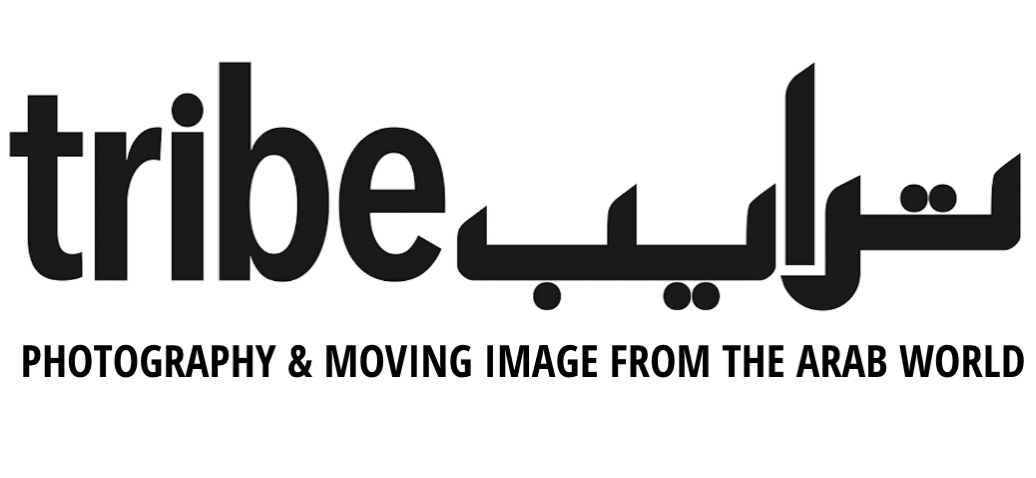Cities Under Quarantine:The Mailbox Project
Gilbert Hage, Spring 2020—Quarantined in Beirut, from The Common Magic Bullet Sought to Chase Away Death. Courtesy of the Artists and Dongola Limited Editions
With text by Rebecca Anne Proctor, art critic and writer based in Dubai.
A female doctor donning a white surgical mask over a black headscarf gazes towards something outside a photograph’s frame. Behind her one can barely make out the Arabic and English writing of a stop sign. These superimposed images are explained with accompanying text made from magazine cut-outs of letters that reads, “Collective memory of pain and loss.” The page is part of Palestinian artist Hazem Harb’s contribution to Cities Under Quarantine: The Mailbox Project, a series organized by Abed Al Kadiri, a Lebanese artist, curator who with Sara Chalabi, co-foundeded the artists’ books publishing house, Dongola Books.
“I feel as an artist and as a human being, this year we had a lot of troubles,” said Harb, from his studio in Dubai. “As a Palestinian, I feel it strongly. For the first time we are all connected through memory and pain. The same feelings I have about freedom are being shared by people in London, Rome, and Beirut. This is a very surreal time.” On another page of Harb’s book is an image of Iyad Halak, an autistic Palestinian man who Israeli police killed in June. The image serves as a reminder of the violence that has also plagued 2020.
As much of the world was confined to their homes during coronavirus lockdowns in April, Al Kadiri sent over fifty blank books to artists working in isolation around the world. Among the artists selected were photographers Raed Yassin, Hazem Harb, Gilbert Hage, Taysir Batniji, and Tanya Habjouka. Each book was designed by Reza Abedini with each individual artist in mind, then handmade and hand-stitched in-house at Dongola. Artists were asked to create works that reflect their impressions of lockdown and their dreams for the future.
“When I started thinking about Cities Under Quarantine: The Mailbox Project, I wasn’t necessarily focused on the mediums the artists might be using in their artists’ books,” said Al Kadiri. “The primary premise of the project is friendship. In a time where we were forced to be separated and isolated, I created a platform where we could collectively think about the state of things.”
The striking abstract Polaroid images of Berlin- based Lebanese artist Raed Yassin capture elements from everyday life—parts of a computer screen, animals, and the natural world that form the content of his artist book. “I submitted a photographic novel for the project,” said Yassin from Berlin. “They are images that haunt you, that stay in your mind even after you stop looking at them. This body of work starts with looking into the relation between animals and death—a topic that I have been obsessed with for a very long time.”
One of Yassin’s images shows the feathers of a bird so close in focus that they seem akin to reptilian skin. The circular formation of the feathers easily transfixes the viewer. “I am also exploring through these images the source of the virus that kept us all at home and locked down until now. It was all of course transmitted through animals. I was looking into this and I was interested in conspiracy theories in terms of how it spread and how it developed.”
Yassin’s photographs, all of which were taken using his phone, are diverse in subject matter. Some depict his sculptural works while others show his historical paintings or images, found on the Internet. The images, Yassin explains, chart a time during the lockdown when he began to create diaries of his obsessions and interests. “It ends on August 4, the day of the Beirut explosion,” he said. “I prefer to keep these works open to interpretation. They offer a kind of dream-like imagery that could be the after image—the image that you keep seeing (even if you are not looking at it) that speaks about fears—fears that have become today’s monster. We have listened to all of the conspiracy theories, watched the countless imagery of the virus on the news. We take in these images, this daily news with such obsession and then we end up with the Beirut explosion.”
The photographic works in The Mailbox Project work as all images do: they document a specific time and place. Yet artists like Yassin and Harb use the photographic image as a tool within a larger spectrum of media. Here, photographs both document and abstract reality as we know it. “The aim of works in the project was to mimic reality through visual language,” added Al Kadiri. “I wanted the books to offer a space for expression.
It was for this reason that I wanted each artist to have complete liberty when deciding what to do with their artist’s book.”
The project reflects the freedom that art affords despite the limitations of confinement. These multifaceted artworks not only document news stories, but also capture the raw emotion of a year of intense change. Al Kadiri will turn the series into an exhibition of works created by artists during lockdown.


